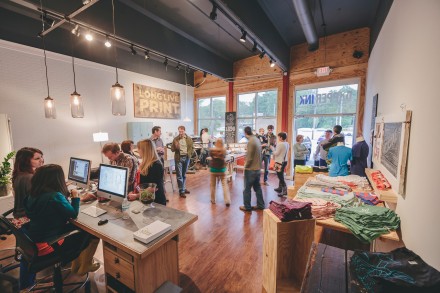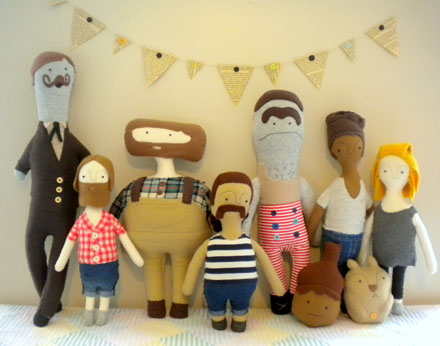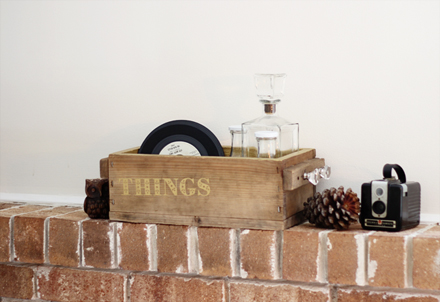It's become an Indie Craft Parade tradition. One that lives long after our festival on refrigerators, cubicles, and in profile pictures across the Southeast. And it might be one of our favorite parts of the show.
Since the very first Indie Craft Parade, Jon Monts at Oh Snap! has been a regular, helping our thousands of attendees take a few of their memories home. If you check out the new video on our website, you can even spot the booth in action. They’re another one of our fabulous event sponsors, and we’re so happy to have them back again this year. It's always fun to see how people use our props in the booth to capture the spirit of Indie Craft Parade.
Oh Snap! has been so supportive of our event over the years, and we've been happy to recommend them to party planners, brides and anyone else who will listen. We think they're an important part of what makes Indie Craft Parade so great. Plus, their booth looks fantastic, just one of the reasons they stand out from the rest.
If you have an event like a wedding or other party coming up, Oh Snap! Photobooth might be just the thing you need.



























































































